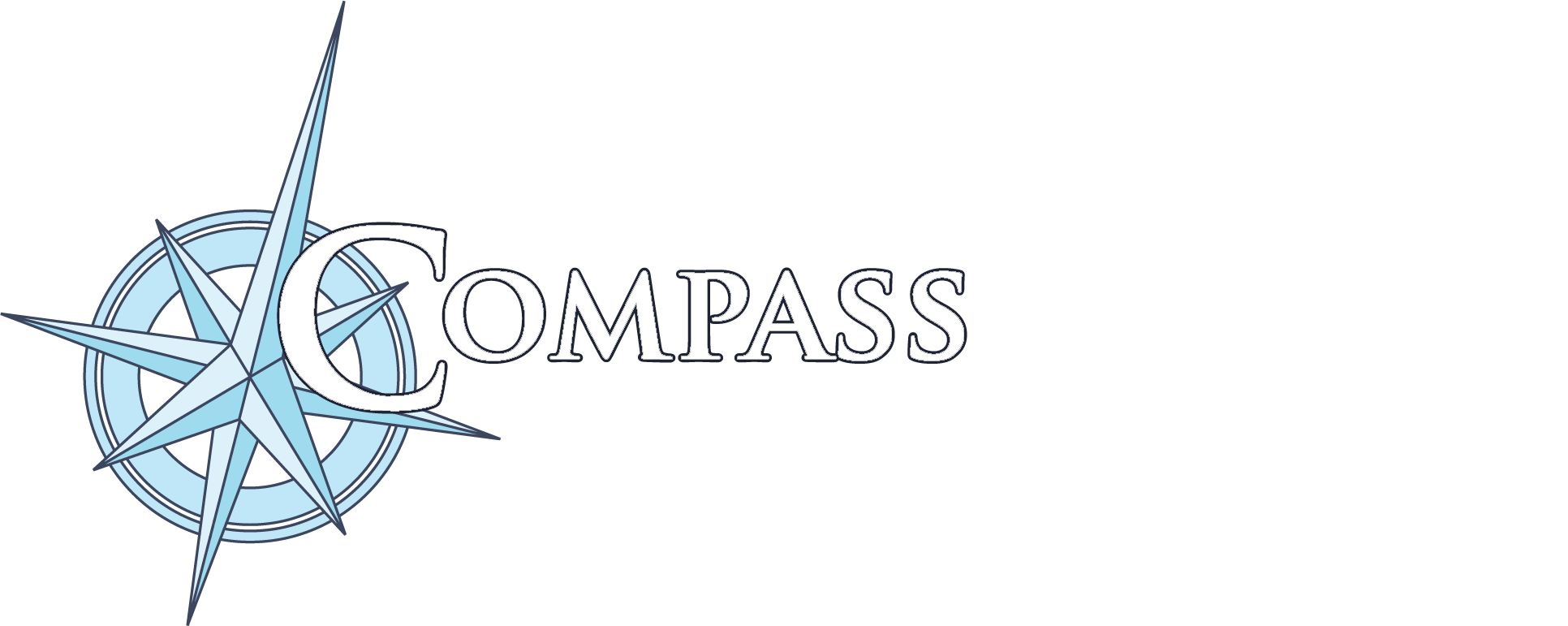Home » Products » Free Space Methods » Millimeter Wave Focused Beam System
Microwave Focused Beam System

Applications of the Millimeter Wave Focused Beam System:
The Millimeter Wave Lens System has similar uses to the Microwave Lens System, except that this system works at 20 GHz and above, depending on the feed horns. Examples of how the Millimeter Focused Beam System are used include:
- Testing materials at higher 5G or satellite communication frequencies.
- Characterizing paint and bumper materials in front of automotive radar sensors.
Benefits of the Millimeter Wave Focused Beam System:
- Smaller lenses make the system easier to align.
- Ability to obtain wide bandwidth dielectric or magnetic properties above 20 GHz.
Additional Information
- Two 6” (152 mm) diameter lenses (each lens is two half lenses that can be reconfigured for focusing or collimated beams).
- A bench top rail and novel fixtures for easy system alignment.
- Configurable specimen holder for specimens up to 12″ x 12″.
- Special mounts for holding millimeter wave frequency extender modules.
- Shipping crates.
- Installation, system verification and two days on-site training.
- Documentation includes a user manual and a copy of Wideband Microwave Materials Characterization.
Optional Upgrades
Benefits of CTGcalc™ Base Software:
- Acquires S-parameter data and performs calibrations, including time domain gating.
- Plots transmission (insertion loss) and/or reflection (reflection loss) versus frequency.
- Conducts material property inversion algorithms for calculating complex permittivity, permeability, and sheet impedance.
Additional Information:
- Compatible with most modern Vector Network Analyzers (VNAs) — communicates with network analyzers from Copper Mountain, Keysight, Anritsu, Rhode & Schwartz.
- Includes CTG’s patented autocal algorithm for correcting RF cable drift errors.
- One year software support and upgrades.
- Requires Windows 10 or newer.
- Visit the CTGcalc™ product page to learn more.

Unlike other systems, the lenses in the microwave and millimeter wave focused beam systems are separate from the feeds. This allows the same lens to be used with a variety of commercial feed antennas to cover an extremely wide frequency range.
The tabletop system can be supplied with microwave probes (AMMP SP218 or SP324) and/or 20-40 GHz millimeter wave probes (SP2040).
Typical Feed Horn Ranges:
- Choose from a variety of frequency range upgrades:
- 2-32 GHz horns (standard)
- 4-40 GHz horns
- 6-60 GHz horns
- 60-90 GHz horns with extenders
- 75-110 GHz horns with extenders
The turntable enables an automated rotation of the specimen to angles other than normal incidence.
Benefits of the Turntable:
- Allows a series of angle measurements to be made with a click of a button.
- Adds an azimuth rotation stage under the specimen holder.
Additional Information:
- A rotation turntable and stepper motor are provided along with the requisite software.
- Requires CTGcalc™ Software.

